
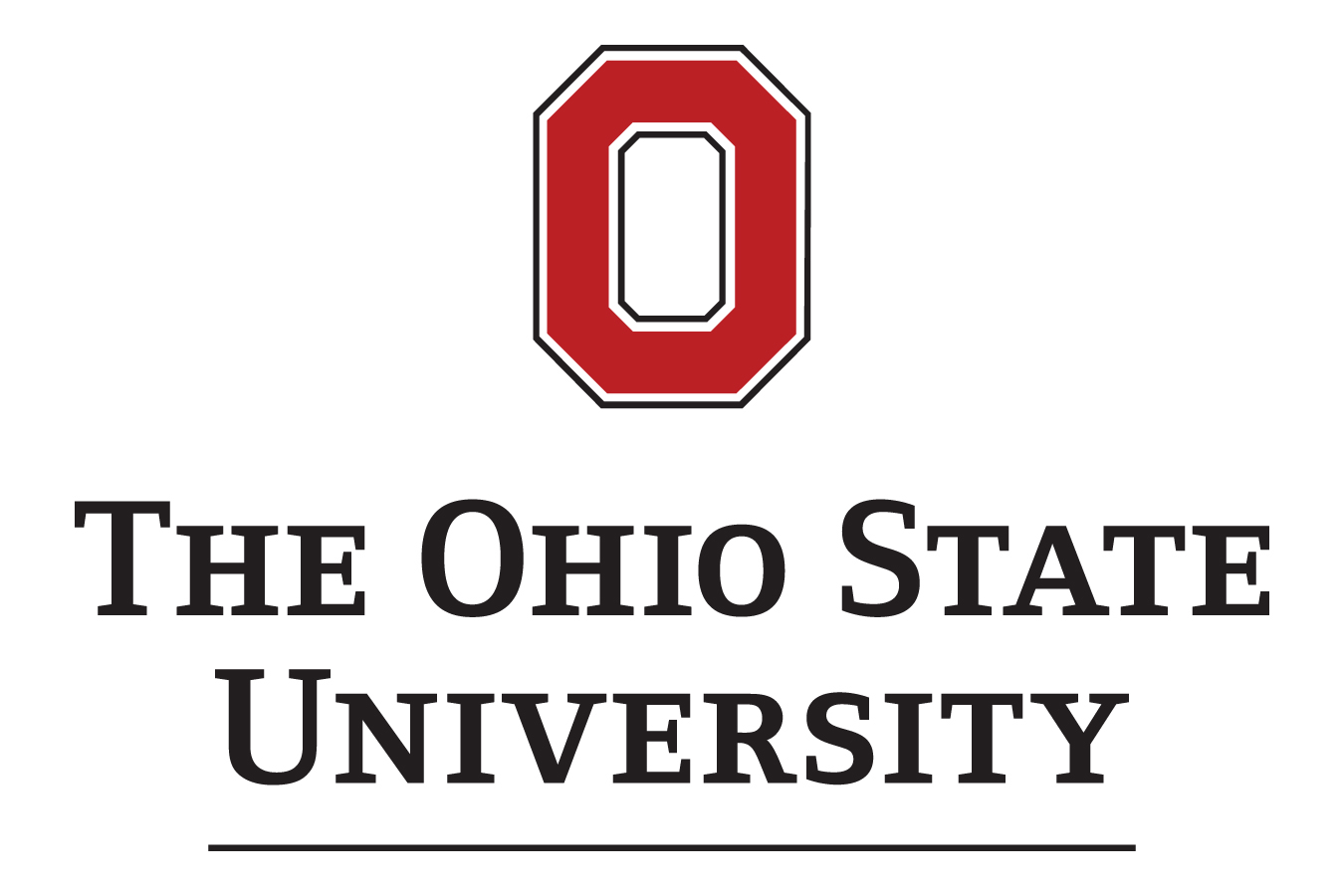
Veronica Ciocanel


Veronica Ciocanel
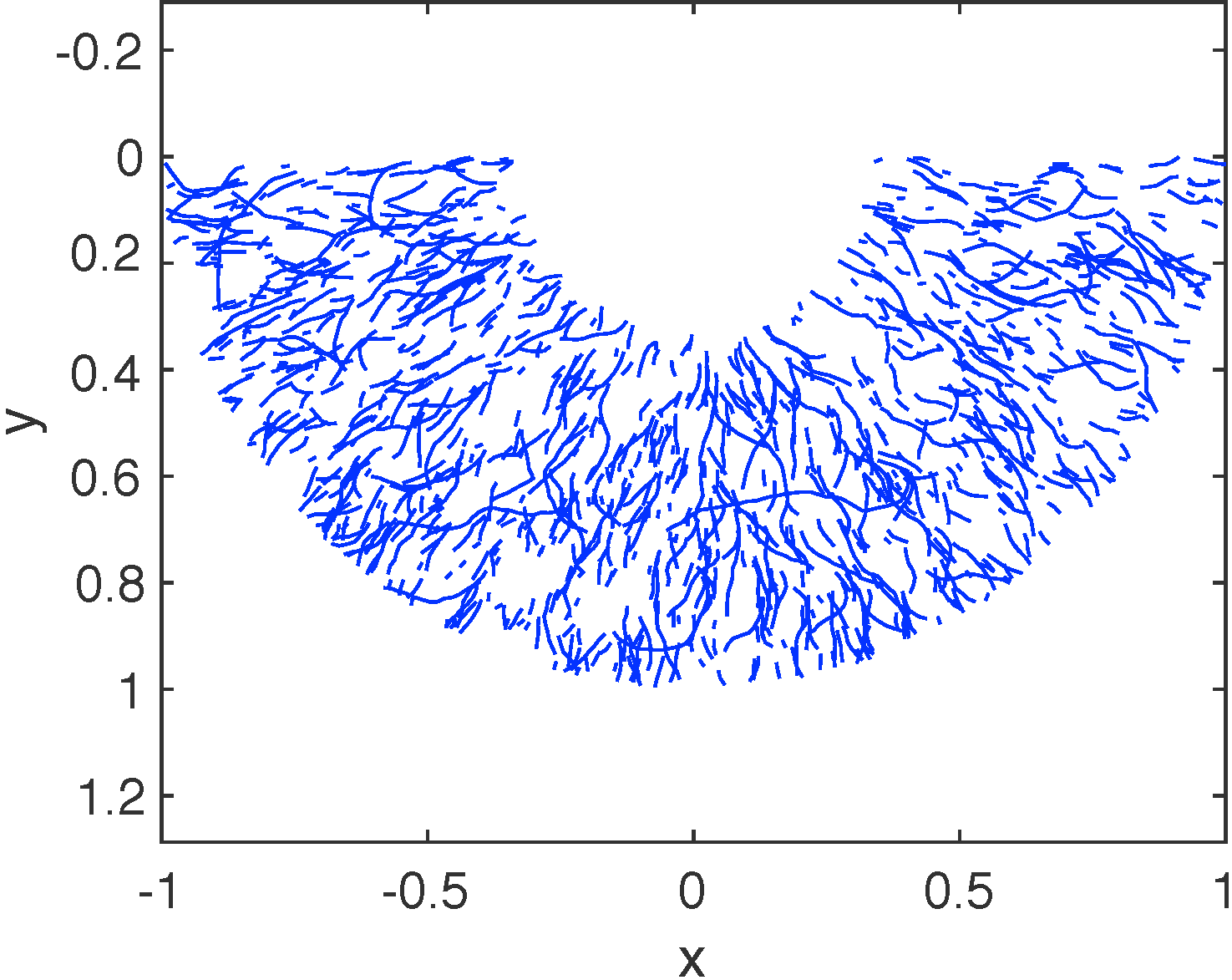
In my thesis research, I am interested in understanding spatial differentiation in early developing organisms. In particular, I model the accumulation of messenger RNA to different spatial areas (mRNA localization) in frog egg cells using systems of advection-reaction-dffusion PDEs, and estimate transport parameters using fluorescence recovery after photobleaching (FRAP) data. We use dynamical systems and stochastic methods to analyze the transport models and provide predictions for mRNA localization. Currently we are focused on analysis of nonlinear PDE models of mRNA transport and numerical simulations of the dynamics with transport restricted to the model microtubule structures.
Collaborators: Björn Sandstede, Mowry Lab.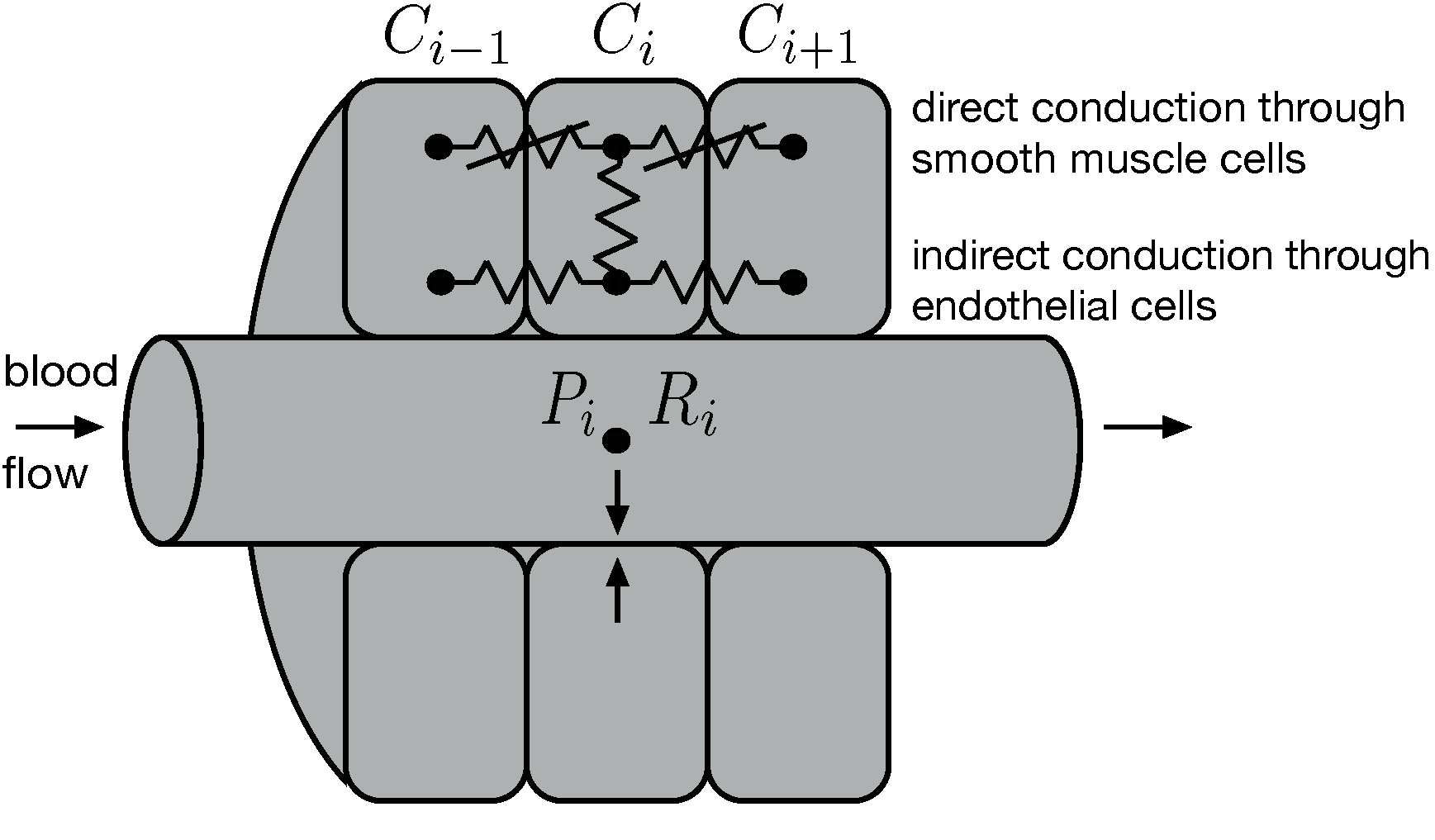
In this project, we are interested in understanding the mechanisms that lead to stable kidney filtration rate through a decrease (increase) in the diameter of kidney vessels when subjected to increased (decreased) blood pressure. We use a comprehensive model of differential equations to model the response of a multi-cell kidney vessel to different inflow blood pressures and perturbations. One of the key autoregulatory mechanisms we study is the myogenic response, which is used by the kidney to control blood flow. This research started during the Research Collaboration Workshop for Women in Mathematical Biology at NIMBioS.
Collaborators: Aurélie Edwards, Anita Layton, Ioannis Sgouralis, Tracy Stepien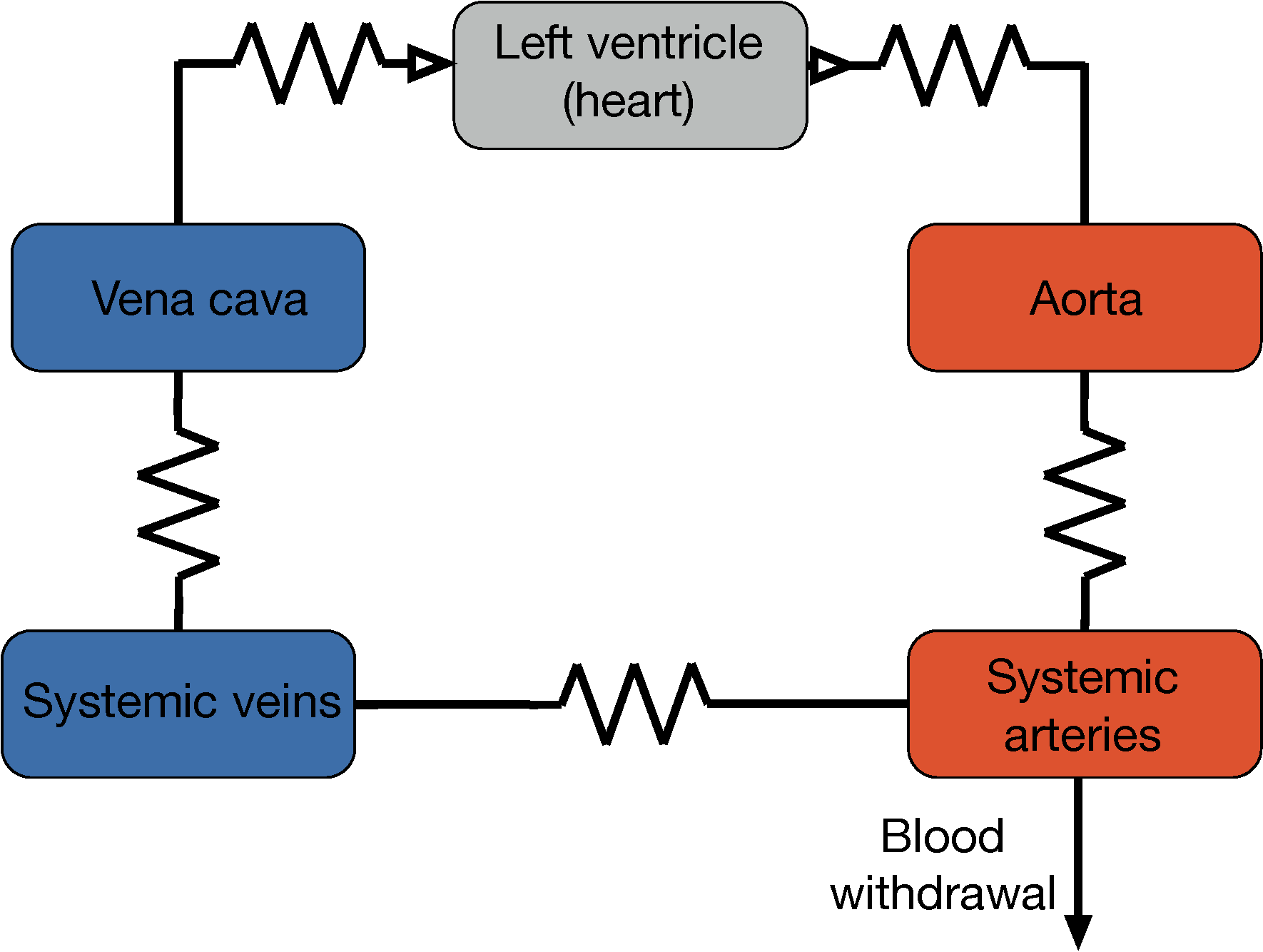
In the Mathematics Research Communities workshop in summer 2016, we started modeling mechanisms through which the cardiovascular system is able to return to normal pressure and volume following blood loss. Using improved calibrated left ventricular pressure and volume data, we are modeling key time-varying parameters such as left ventricular elastance and systemic resistance with differential equations to provide insight into how the baroreflex mechanism regulates heart pressure and volume. (See report.)
Collaborators: Mette Olufsen, Brian Carlson, Steffen Docken, Rebecca Gasper, Widodo Samyono.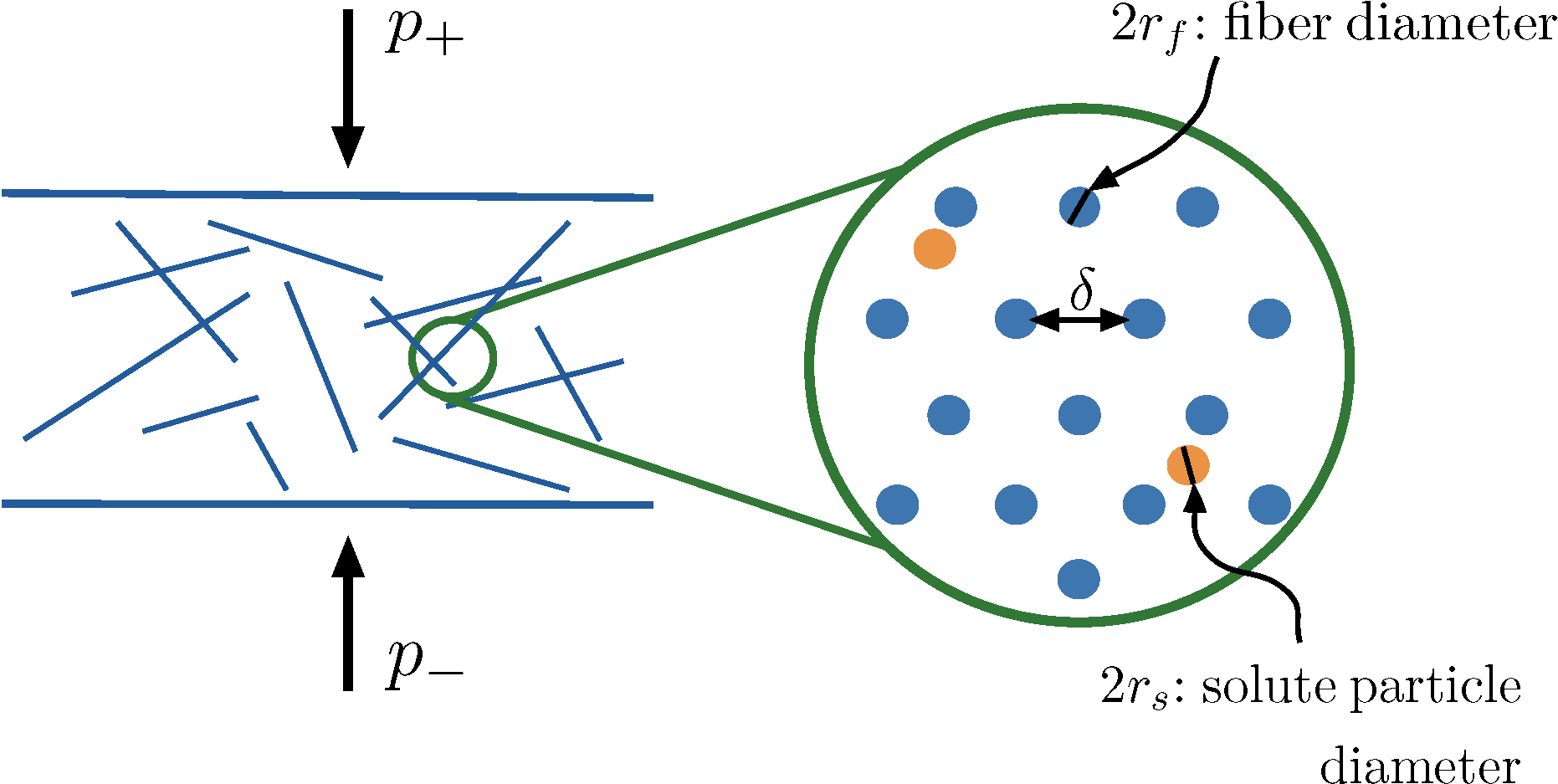
During the Mathematical Problems in Industry (MPI) Workshop in summer 2016, we started studying transport properties of membranes that are used to filter out solute from a fluid, in particular after membranes are rolled and compressed into cannisters. Our preliminary approach is to mathematically characterize a filter consisting of randomly oriented fibers using fiber matrix structure theory, and develop numerical methods predicting the concentration of solute after compression. (See report.)
Collaborators: David Rumshitzky, Burt Tilley
In the 2015 REU project on Dynamics and Stochastics, we studied the impact of human interactions through home, social, and work/school contexts on the spread of influenza. We extended diary-based network data to larger networks of human interaction using context-specific methods. We then studied the spread of influenza on these extended networks and identified strategies that can lead to more effective suppression of disease spread.
Collaborators: Joshua Rubin Abrams, Anne Schwartz, Alexandria Volkening, Björn Sandstede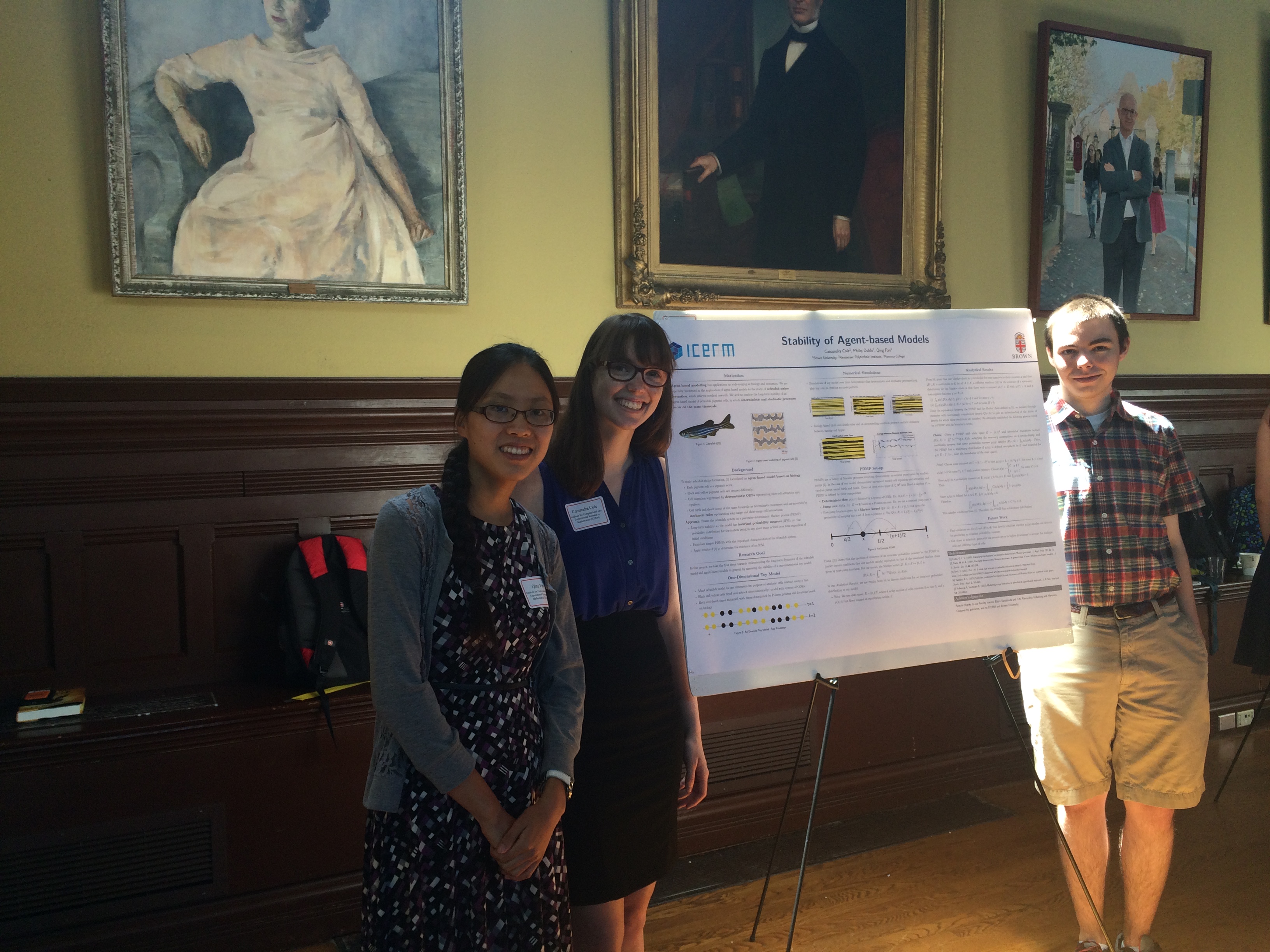
In the Summer @ ICERM 2016 REU program, we were interested in the stability of patterns
arising in agent-based models, motivated by zebrafish stripe formation. We use the framework of piecewise-deterministic
Markov processes (PDMPs) to account for deterministic and stochastic
processes occurring on the same timescale in these models.
In preparation for submission to SIURO.
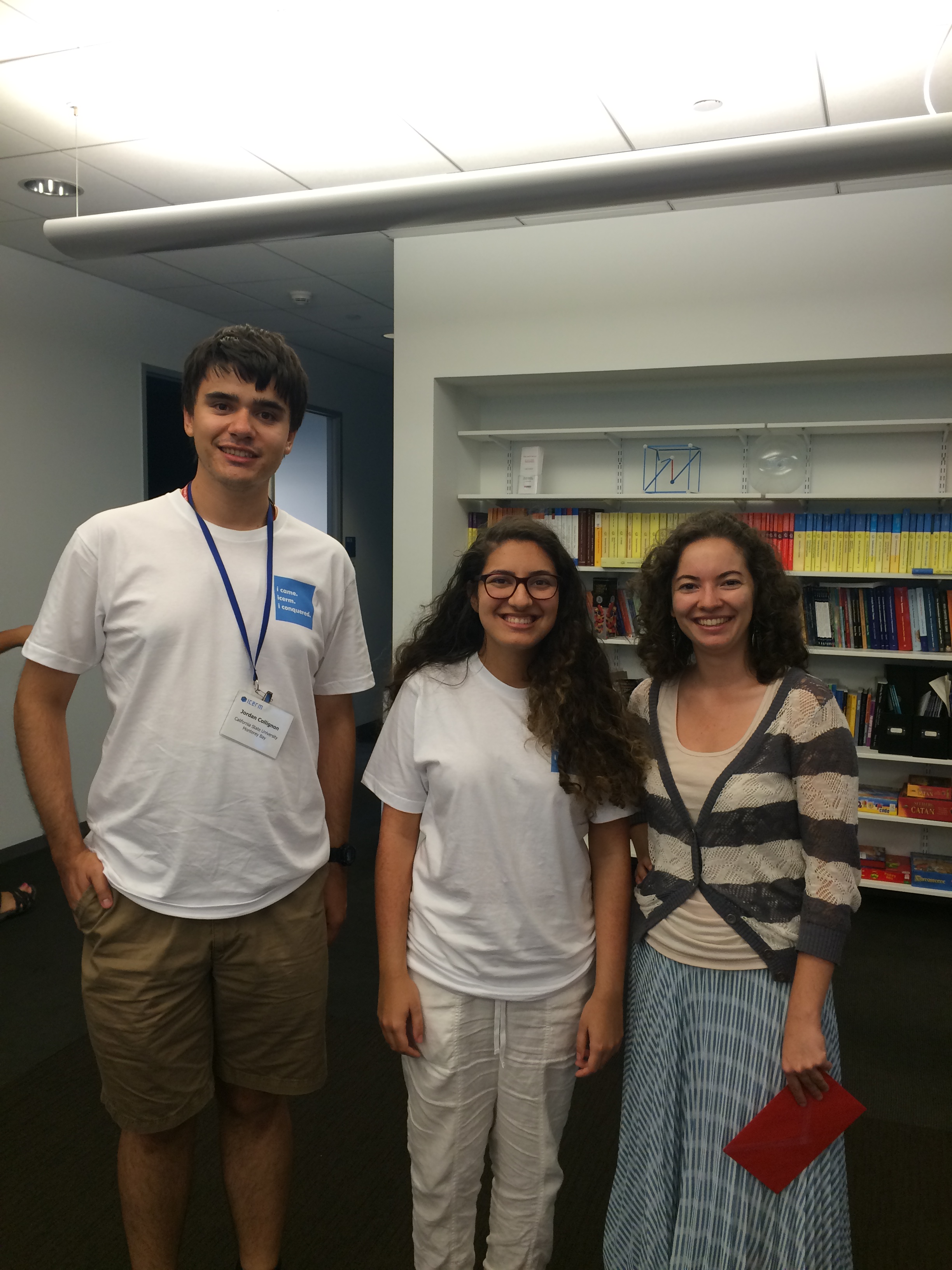
In the Summer @ ICERM 2016 REU program, we studied lead accumulation in the body after decades from ingestion. We constructed ODE and PDE models and investigated the impact of nonlinearities and diffusion in modeling lead propagation.
Collaborators: Jordan Collignon, Melissa Morrissey, Todd Kapitula| Semester: | Topic: | My subtopic: | Presentation (slides/notes): |
| Fall 2014 | Traffic flow | Pedestrian traffic models | |
| Spring 2015 | Dynamics of networks | Static networks: Structural properties of networks, Erdos-Renyi random graphs and connectivity properties | |
| Fall 2015 | Microscopic versus macroscopic models | Large systems of interacting particles - paper presentation | |
| Spring 2016 | Nonlinear waves: Spatial dynamics and Fredholm approaches | N/A | N/A |
| Fall 2016 | Vegetation patterns | Pattern formation via amplitude equations (2 lectures) Barbier 2006: Self-organized vegetation patterns |
slides |
| Spring 2017 | Data science | Persistent homology / Topological data analysis | |